|
I recently had the pleasure of making some headshot and indoor portrait photographs for Scottish music producer and copywriter Nicky Skeoch. Nicky had made contact with me through my website and was looking for images to use on his social media platforms.
I used a simple two-light set up in my home studio, using PiXAPRO PIKA 200PRO portable flash units and PiXAPRO soft boxes - all available from Essential Photo (I am not paid to advertise their products - but they are a great company to deal with). The camera I used was my Nikon D810. Nicky was great to work with and he was clearly pleased with his photos (check out his review on Yell Business and on this website's front page.
0 Comments
Having represented Scotland at international test level Cricket, Dylan Budge is a professional athlete. He is also an up-and-coming photographer whose work can be seen on Instagram at @dylanbudgephotos. He is now wanting to take on modelling assignments, so I was delighted when he asked me to make some outdoor portraits for his portfolio. The day we chose to meet in Saltcoats was pretty miserable, grey and windy by fortunately with only the occasional drizzle. However, poor light and weather should never be a barrier to decent outdoor portraiture and I decided to enhance the available light with some off-camera flash. Using my trusty Nikon D810 my chosen lighting equipment was just one PiXAPRO Pika 200 flash, triggered with their ST-IV Trigger N and shot through a PiXAPRO 60cm collapsible portable soft box fitted with a white beauty dish and grid. The set up was great for the afternoon shoot around the Saltcoats Pier area. However, we hoped for a decent sunset (which we were fortunate enough to get) and planned to follow that follow with an after-dark shoot in Dockhead Street. For this part of the photoshoot, I removed the soft box from the flash and fitted it with a Lastolite grid. I zoomed in the flash to produce the gritty look I was after. For all set ups I used Manual settings on both the camera and the flash, keeping my ISO low (mostly 160 but 200 in the evenings) and controlled the ambient light with shutter speed. I varied my Aperture setting to get the look I was after. I did not use a light stand - I used a Lastolite extension pole, with my wife acting as my assistant. I really enjoyed the photoshoot with Dylan, and he was clearly pleased with the results. PiXAPRO lighting systems are the same as GODOX and are simply brilliant to use. PiXAPRO products are available through Essential Photo (I am not paid to advertise on their behalf).
Photographers wishing to collaborate with Dylan may email him on dyl949@live.co.uk For your outdoor photoshoot contact me through this website. Being a lover of 35mm film photography, I've been keen to try out the new CineStill range of film stock with either my Nikon FM2 or Nikon F3. So I purchased a roll each of their CineStill 50D, CineStill 800T and CineStill BWXX 135 film from the marvellous Analogue Wonderland. So far I've only managed to shoot a roll of Cine Still 50D. It is adapted from Kodak Film stock by a family-run American business, who have established a way of removing the remjet layer from movie film stock - making it possible to be developed in traditional C41 chemicals and therefore available as 135 film stock. As the name suggests, this emulsion has a film speed of ISO 50 and is colour balanced for daylight (hence the D). Being balanced slap-bang in the middle of the kelvin colour spectrum, it is clearly designed to be used on bright sunny days, when it will produce the most amazing colours with fine grain and wonderful detail. However, it can be disappointing on overcast days, when it will naturally produce dull images with a green tinge to it. I shot the film with my Nikon FM2 in a variety of venues, and in different daylight conditions. The image below, demonstrates the green tint you can get under cloudy conditions. In my view, this is a minor problem that can be corrected with either using a filter on your camera or as a last resort in digital processing. 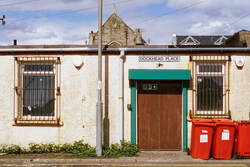 I have been scanning my negatives with a small Kenro scanner, but have recently not been pleased with the results. So to test its quality I sent the roll to Analogue Wonderland for both developing and scanning. I have been blown away not only by the quality of their work, but by their friendly and professional customer service. I will definitely be sending my images to them for scanning in the future. To be fair to Kenro, I think I may have damaged my scanner when I tried to clean it during lockdown! Overall, CineStill 50D is a brilliant emulsion that I will use again. Indeed it could well become a favourite for bright, sunny days.
I have CineStill BWXX in my Nikon FM2 and will post a blog on how I get on with it. I plan to even give it a go with some off-camera flash portraiture too. I have a roll of Kodak Portrait 400 in my Nikon F3 but when that's done, I plan to load it with a roll of CineStill 800T and do a some night photography in the city. So watch this space! Finally, just to say that I highly recommend Analogue Wonderland for both purchasing your film stock and trusting them with your developing and scanning requirements. They are simply great at what they do! Posted by Clive Larrett Photography on 30 June 2022 Saltcoats was chosen to represent Scotland in the live television broadcast of the Queen's Platinum Jubilee Beacon Lighting ceremonies, which took place throughout the United Kingdom. The ceremony took place on the pier of Saltcoats Harbour on 02 June 2022 and the beacon was lit at sunset by Councillor Jim Montgomerie, after he had been interviewed by the legendary Scottish Weather/Television presenter, Carol Kirkwood. However, festivities started much earlier in the evening, with the arrival of Carol and the BBC Scotland film crew. An early spectator who claimed his spot and marked the boundary for all other spectators was Jimmy Miller (below), a previous Saltcoats Town Councillor. He was accompanied by a very happy-looking sovereign. BBC Scotland's Carol Kirkwood meets RBL Veterans and Councillor Jim Montgomerie on Saltcoats PierCarol arrived early for rehearsals, and whilst the BBC Scotland film crew were setting up, she took the opportunity to meet the locals - especially veteran members of the local Royal British Legion and Councillor Jim Montgomerie. Below: Having completed his part of the set up, a BBC Scotland cameraman takes a break before rehearsals. Above: The BBC Scotland Crew ready and waiting for the live feed on national television whilst Carol Kirkwood talks to the school children; and (below) as a background to the interview and lighting ceremony, music was provided by a Scottish Pipe Band and traditional Highland Dancing by Rachel Ferrie. Above: Councillor Jim Montgomerie being interviewed by Carol Kirkwood and Below: There was a festive vibe to the occasion and the crowd were clearly enjoying themselves. Everyone looked forward to sunset and the lighting of the Queen's Platinum Jubilee Beacon. 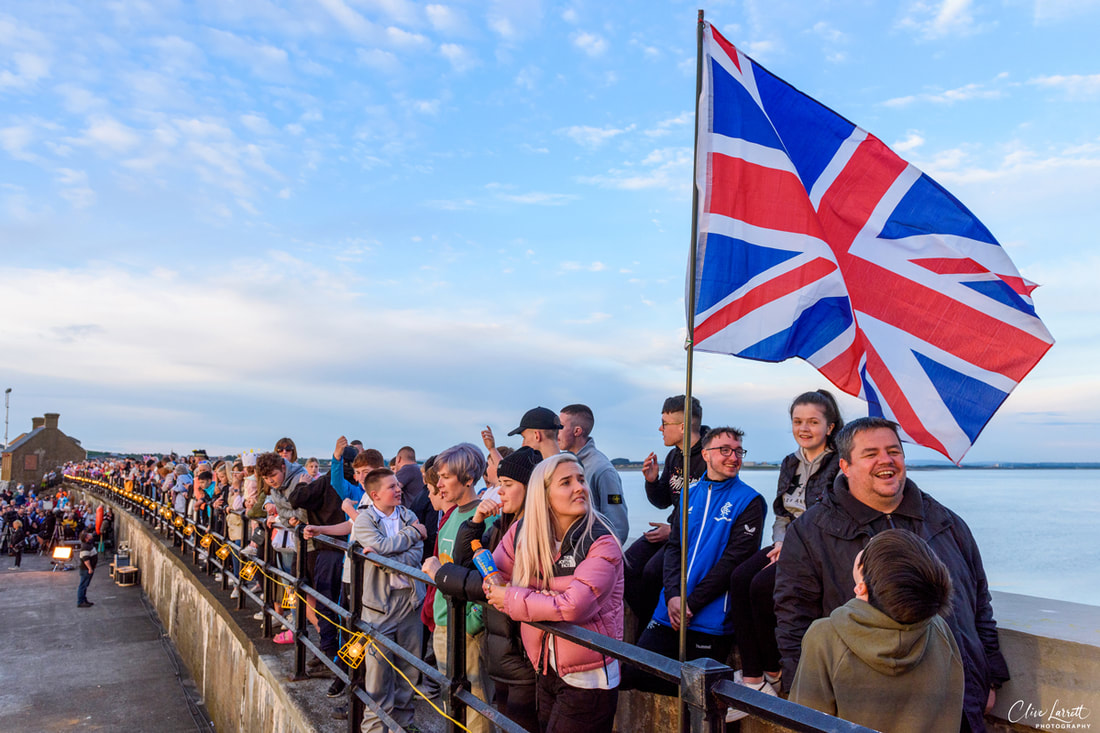 Councillor Jim Montgomerie lights the Platinum Jubilee Beacon in Saltcoats, North AyrshireBelow: Councillor Jim Montgomerie lights the beacon Above: The Tartan worn by Rachel Ferrie is the Saltcoats Tartan - the blue of the sea, the beige of the sand, the black of the coal, the white of the salt and red for the sun combined with a deep and rich purple, the traditional colour of Scotland. It was registered in 2001 and was produced in conjunction with Baxters Jewellers (Saltcoats).
The weather and light conditions for the last week or so on the North Ayrshire coast in Scotland, has made it ideal to indulge in what I call 'high-key silhouette photography'. I'm not sure that there is such a genre, but I am quite fond of the effect.
Both the sky and the still sea have been almost white, and the hazy conditions has meant that it's been difficult to get any detail in the background when you shoot into the sun. However, when the sun sits low in the sky, you can position yourself with the bright light behind your subject in such a way that it (or they) are rendered black, even to the naked eye. It can be quite tricky to get right, and I found that moving even ten paces to the left or right of the subject can lose the effect, and you get some colour on your subject. I just change my position until the subject blackens the way I want it. Then using spot metering (matrix works fine too), I lift my camera and expose on the bright, white-out sky, focus on the subject and get the shot! A few test shots to get the settings just right may be necessary, but normally this technique works fine on any DSLR. It's a little easier using a mirrorless camera since looking through an electronic viewfinder means you immediately see the result as you make your adjustments. Shooting in RAW, I did my black and white conversions in post-production, but it may be worth shooting in monochrome from the start, especially if you're shooting in JPEG. Give it a go - it's definitely worth trying. Here are a few examples that I took on Sunday! My friend Dan from Edinburgh sent me a message on Saturday morning last week saying that he was going to RSPB Lochwinnoch for a few hours, and that it's only 15 miles from where I live. What he was actually saying was, 'Let's go photograph some bird's!' Now, that genre of photography is not my speciality, but truth be told, I will photograph anything interesting, so I packed some gear and and headed off with my wife Brenda to join him there. The venue is great! And the weather was bright and sunny. Some people would say that the conditions were not ideal for photography. 'Too much contrast between the light and shadows', they would say. 'Great maybe for street photography, but the dappled light would be against taking photos of birds in the woods - lets come back on a cloudy day with its beautiful soft, diffused light '. Well my view is that all light is good, we must either creatively use what we've got or add some of our own light to enhance it and make it better. The only gear I had with me was my Nikon D810 and a Nikon Nikkor AFS 200-500 1:5.6E ED VR lens. In the open and with some patience, it was relatively easy to get some sharp images. However, it was a little more challenging at the bird -feeder hide situated in amongst the trees. What to do with the intense contrast between the light and shadows? One solution was to look for favourite spot for the birds in bright light. Ensuring that I had sufficient shutter speed, I could expose for the light and wait for a bird to come into it. With my autofocus settings already in place, when a bird came into the light, I could simply take the shot! Slightly under-exposing the spot of light (-2/3 stop or so) ensured that the shadows were rendered dark enough to make the bird stand out. Looking back on it, I should ideally have used spot metering for my exposure, but I managed to get away with matrix metering. Next time around I will definitely use spot metering! Here are two images of the same Siskin as examples of this technique - this bird came into the light from around the back of the feeder facing me. Manual Mode ISO 500 f/5.6 1/500sec (at 500mm) And an image taken in bright light away from the hide - a Chaffinch. Manual Mode ISO 200 f/5.6 1/2000sec at 500mm See more of my photography here
It's not all storms and bad weather up here on the West Coast of Scotland. We had a lovely, sunny day today and the harbour in front of our home looked beautiful this evening.
I took this photo at 1710hrs from my study window, with my Nikon D750 fitted with a Nikon Nikkor 24-70mm 1:2.8G ED lens. I though it worth posting here! I'm feeling blessed! Since I have moved into semi-retirement in North Ayrshire, Scotland I have been able to devote more time to my freelance photography. I have made the strategic decision to focus my core business on Portrait and Headshot photography. This makes sense because I have a natural affection for people, and I love photographing them. So, whilst I will continue to consider other photographic projects, my hope is that through Instagram, Google Business and Yell Business, I will be able to attract people who are looking for high-quality headshots and portraits. I have taken many military portraits over the years, so am initially offering this service to members and veterans of the Armed Forces. However, it's also being offered to corporate clients; students and aspiring actors needing portfolio photos; people wanting to promote themselves on platforms such as LinkedIn; and anyone else looking for a portrait or headshot. I'm hoping I will receive the support I'm looking for! I have purposely avoided having a dedicated studio for a number of reasons. Firstly, I have set myself up to create a mobile studio in any environment, which means I can offer studio-quality portraits virtually anywhere, indoors or outdoors, giving me valuable creative flexibility. Secondly, it means that without the inherent expenses of a dedicated studio, I can offer more affordable and realistic prices. If I ever need a studio, I can simply arrange to hire one. The kit I use for this is a combination of PiXApro Pika 200 Pro portable flash units and a number of Nikon SB910 speedlights, mounted in a variety of softboxes, diffusers, and light shapers. Whenever it's needed I make use of reflectors as well. With the flexibility of the PiXApro units, I am able to choose between my Nikon and Fujifilm camera systems to suit the occasion. Here are my first two posts promoting this venture on Instagram: More will follow...😊 Featured above is Colonel Mel Emmett MBE For this image, I used a simple three light setup (in a church), using my Nikon D810 fitted with my Nikon AF-S NIKKOR 85mm 1:1.8 G prime lens, which is in my view the ideal portrait lens. Steve Blake (then a Sergeant and British Army Combat Photographer)
This photograph was taken one morning when we were having fun trying out different lighting techniques in the studio. This photo of Steve was lit with one huge softbox mounted directly above and close to his head. We used fill lights to the left and right at about 45 degrees and, to deal with the shadows around his eyes caused by the overhead light, Steve held a reflector directly in front of him at waist height and angled towards his face.He was not standing but sitting on a chair. I used my Nikon D800 fitted with my Nikon NIKKOR 70-200mm 1:2.8G II ED lens. This is my first blog post on my new web page.
I was privileged to photograph Lieutenant General Sir Jim Hockenhull at Windsor Castle, and then at his London residence following his investiture by HRH Prince William in December last year. I think it is more than a worthy subject to begin my blog on this website The indoor photos and portraits were taken with my Nikon D810 and either a Nikkor 24-70mm or a Nikkor 85mm prime lens. For lighting I used a combination of a PiXapro Pika 200 Pro flash and Nikon SB910 speed lights. Outdoor images were created using the Nikon D810 with the Nikkor 24-70mm lens. I was pleased with the results and hope you like the few images I've chosen to include here. I would like to thank both General Sir Jim and Lady Karen for their warm hospitality and for granting me their permission to use these images here, as an example of my portrait photography in their home. |
AuthorClive Larrett is a North Ayrshire Freelance Photographer Archives
October 2023
Categories |
|
|

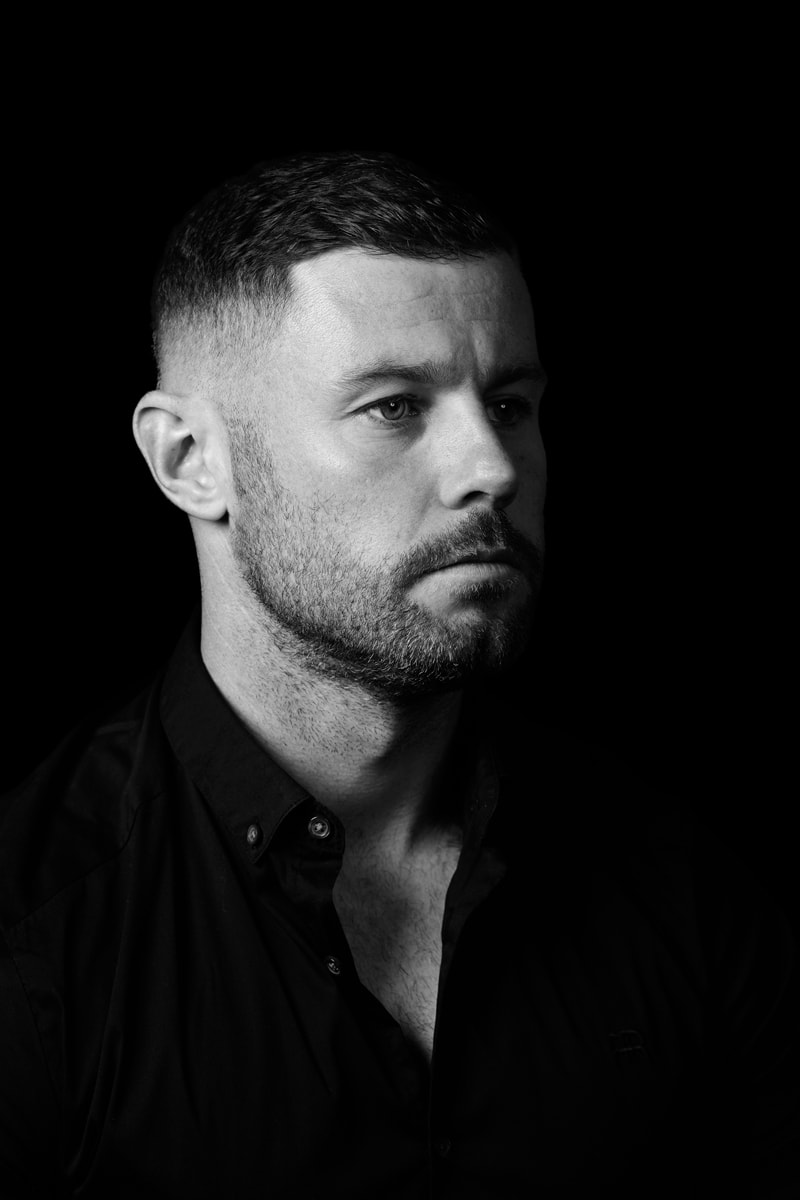
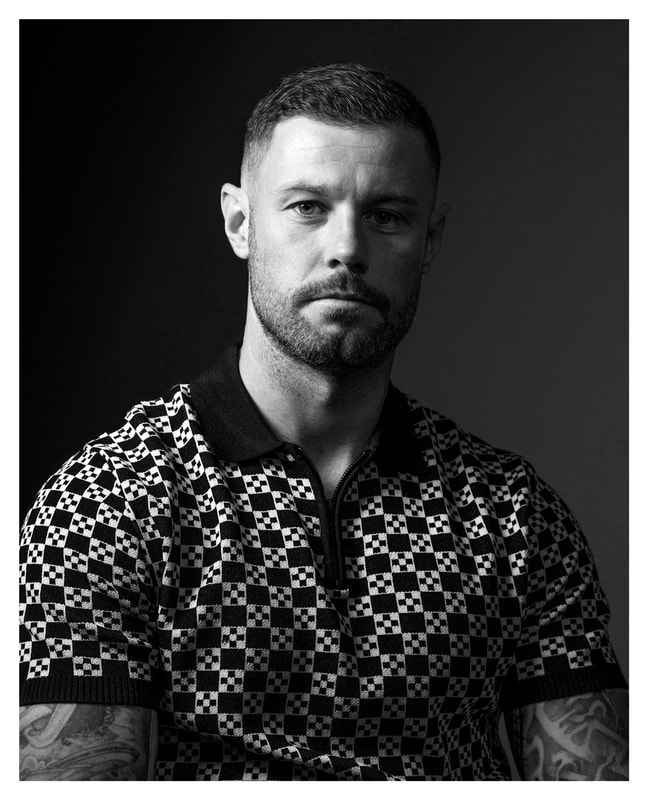
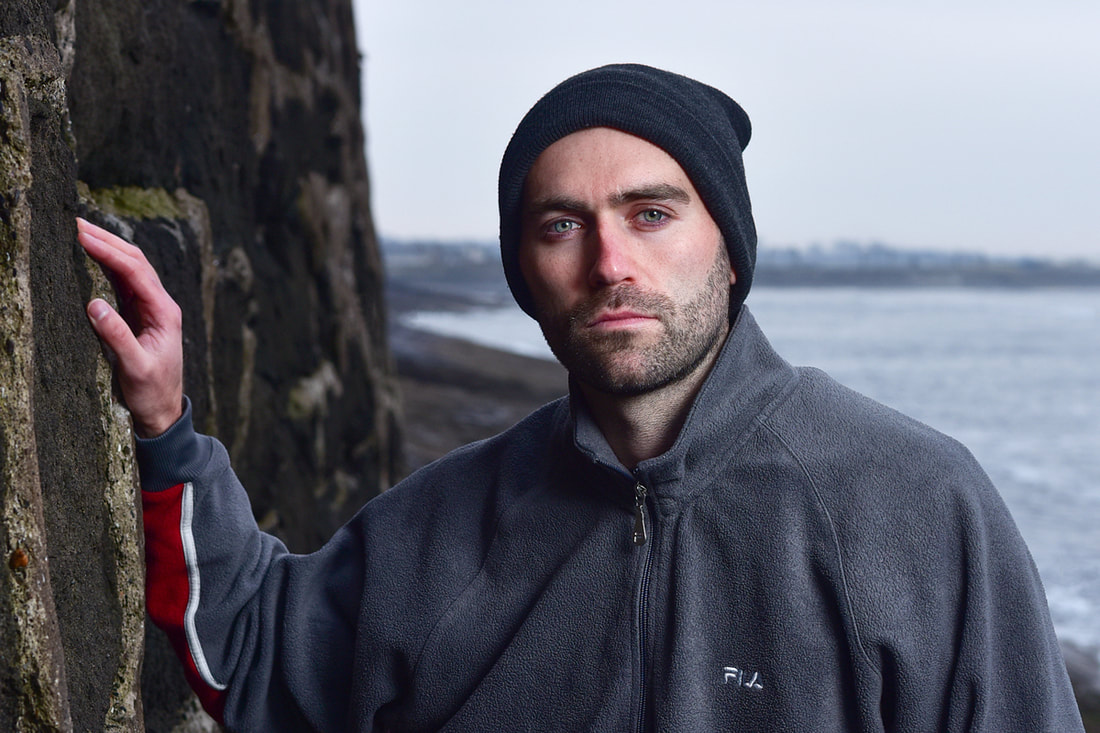
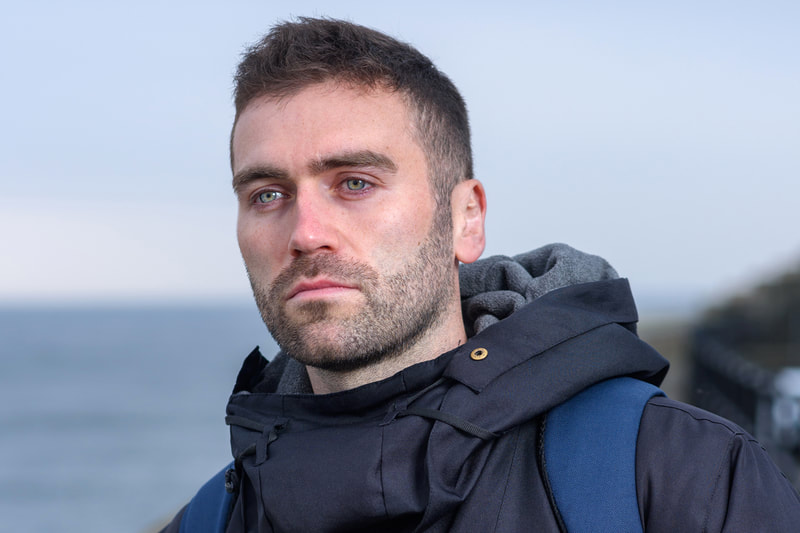
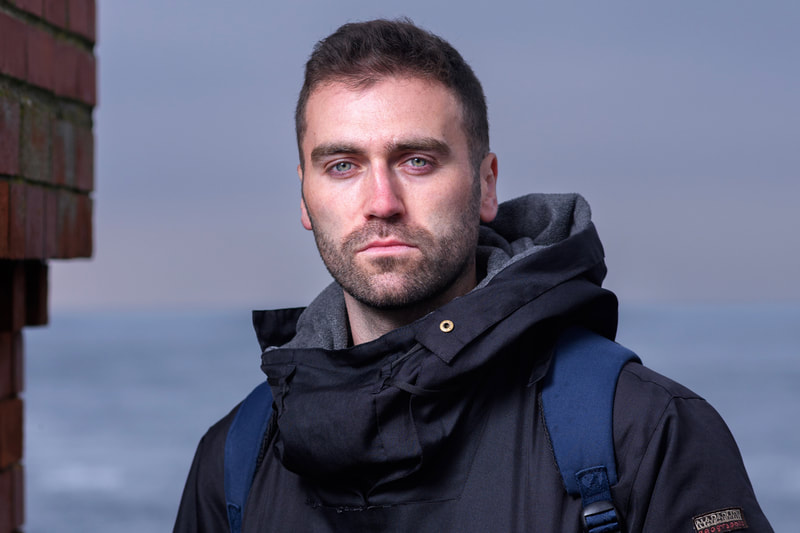
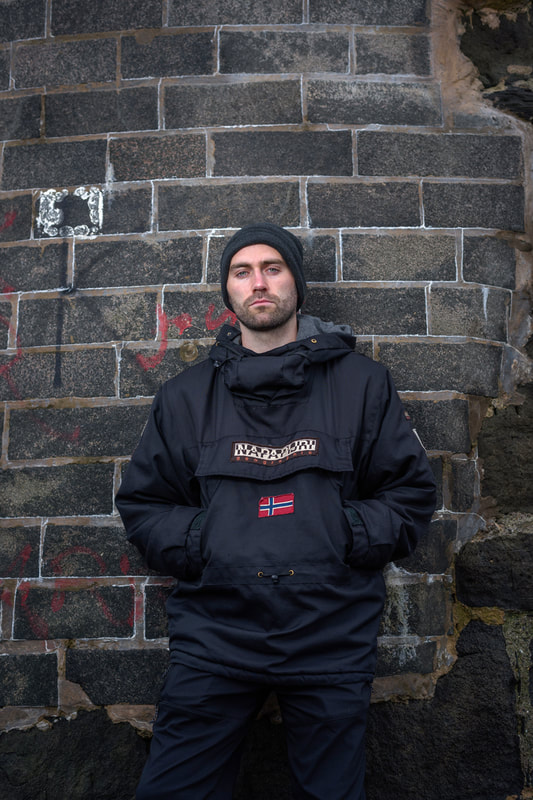
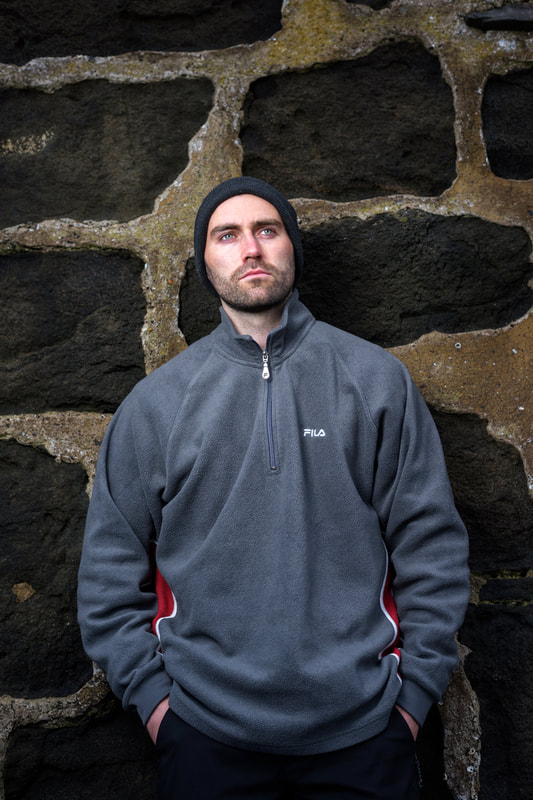
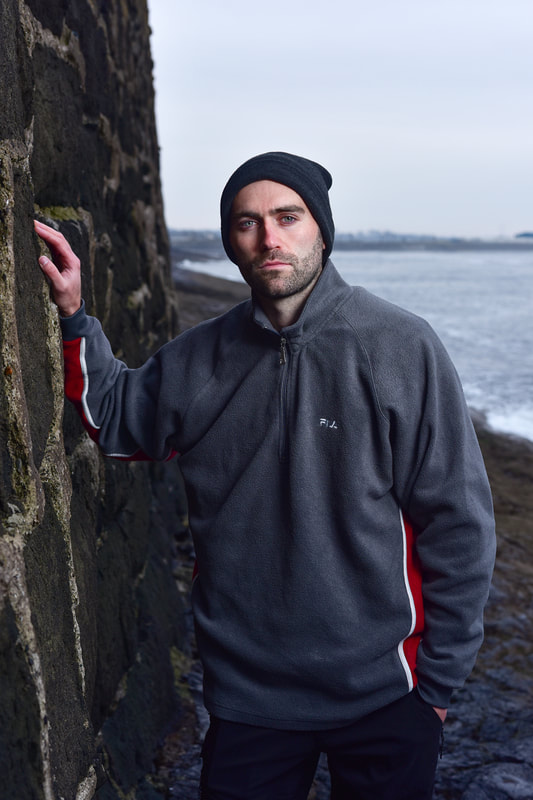
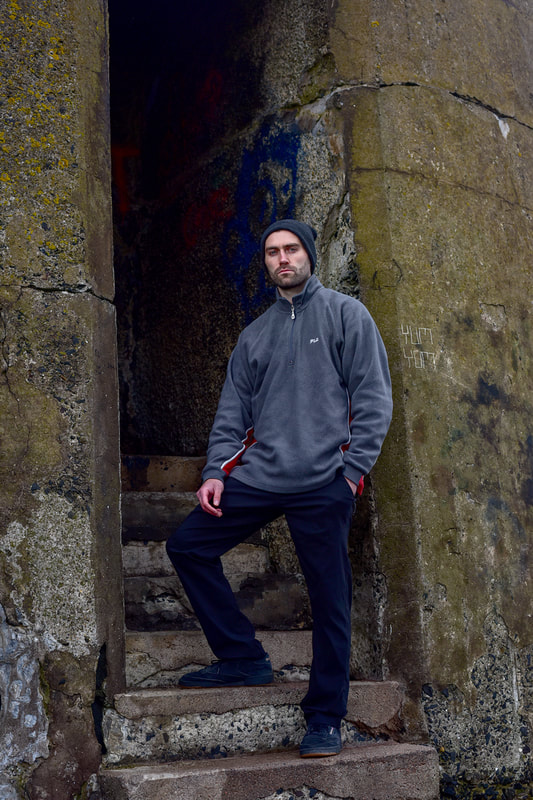
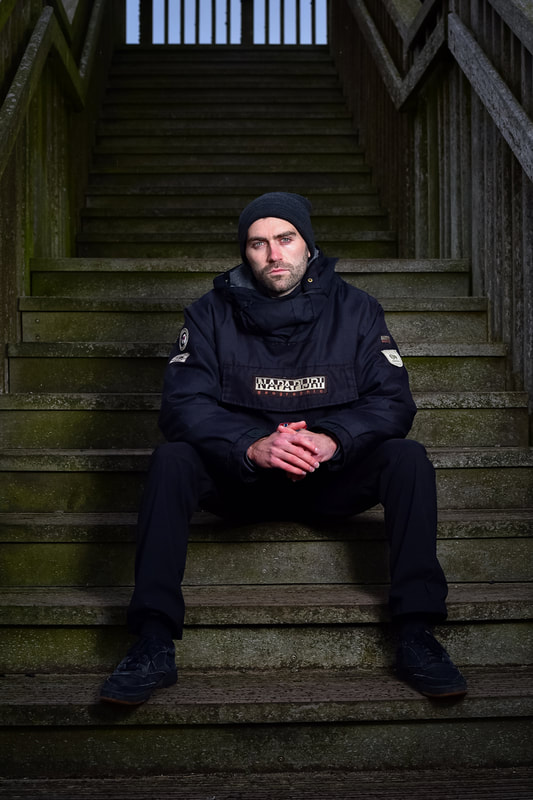
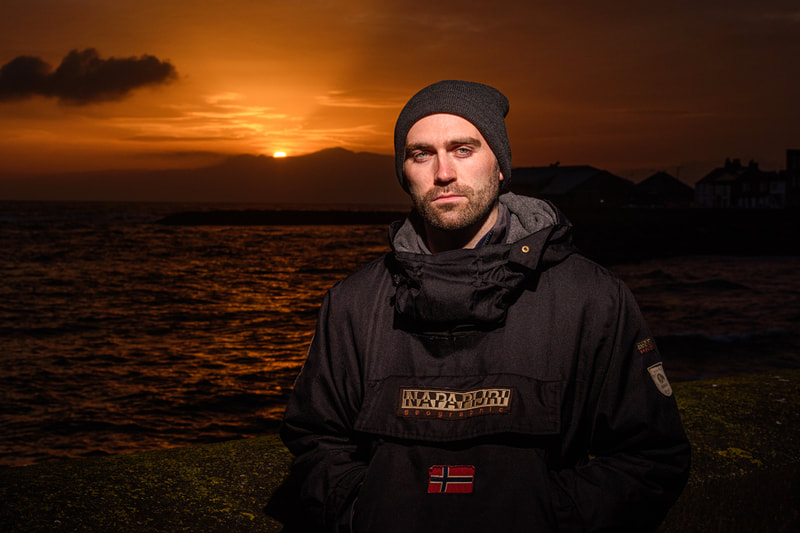
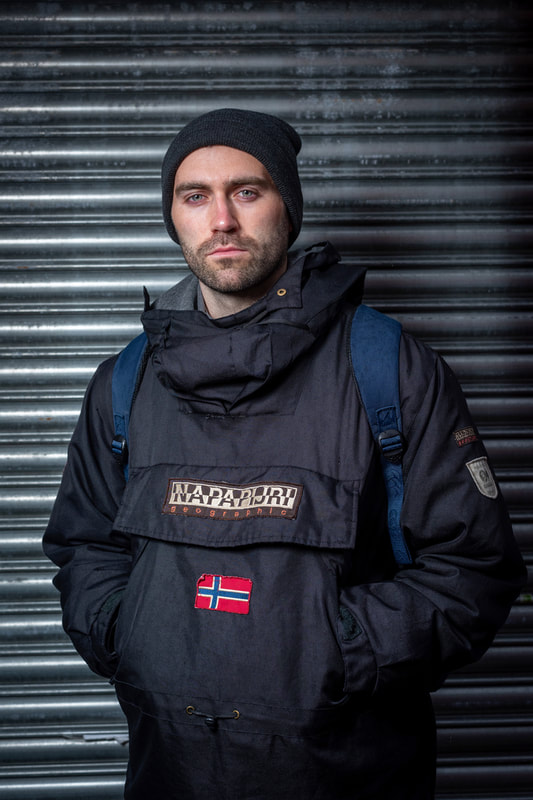
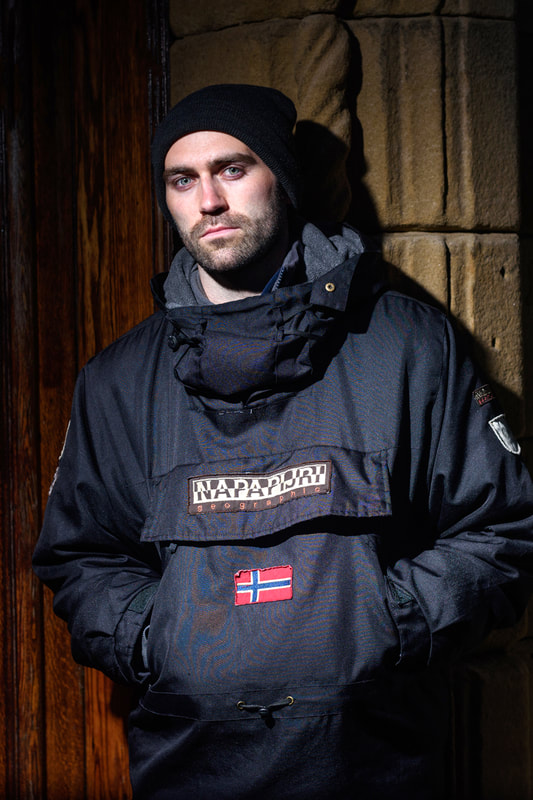
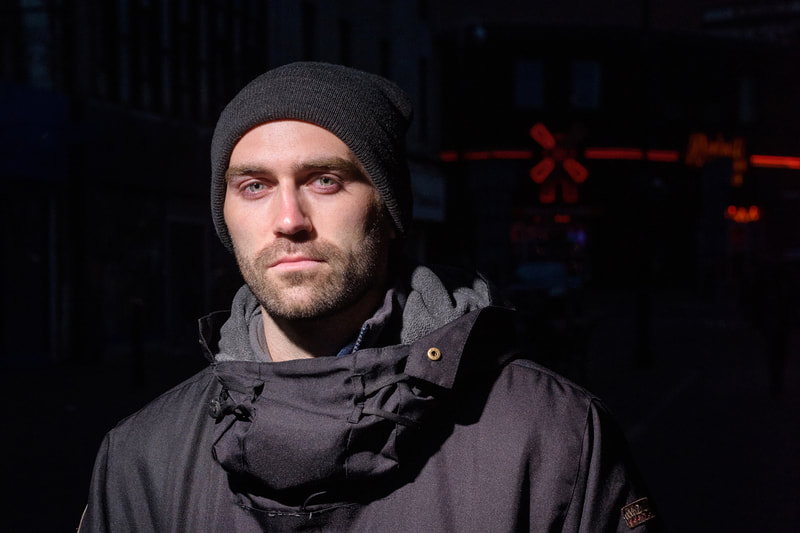
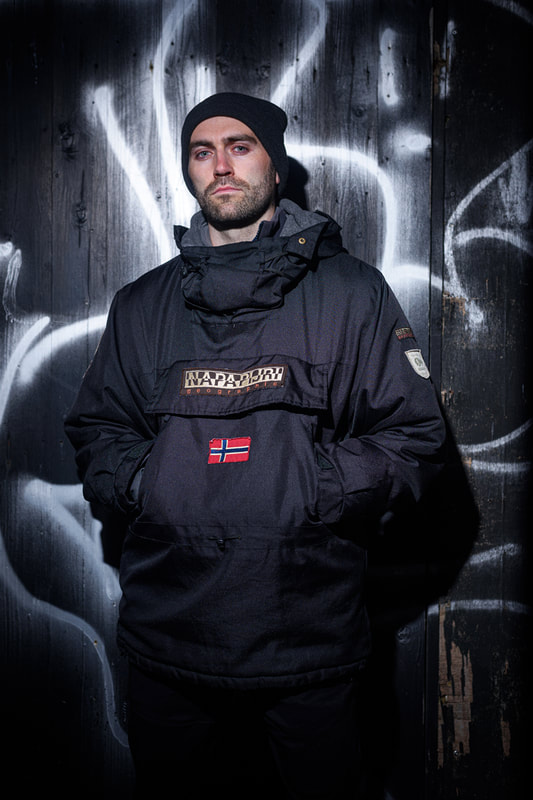
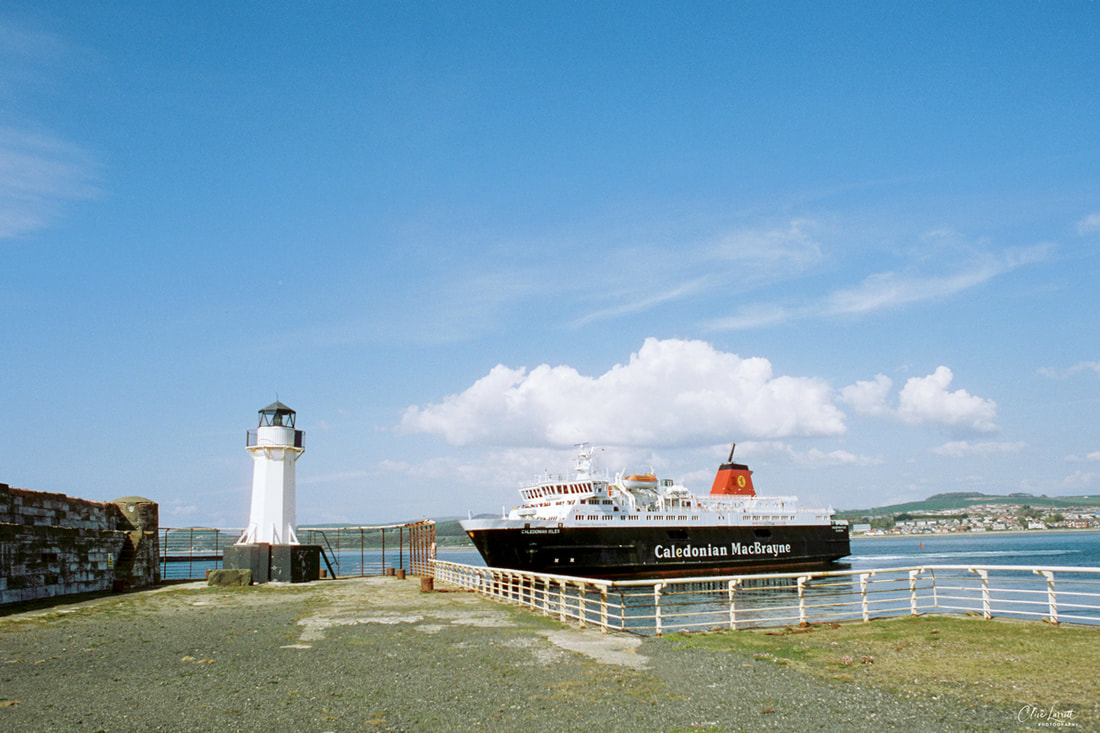
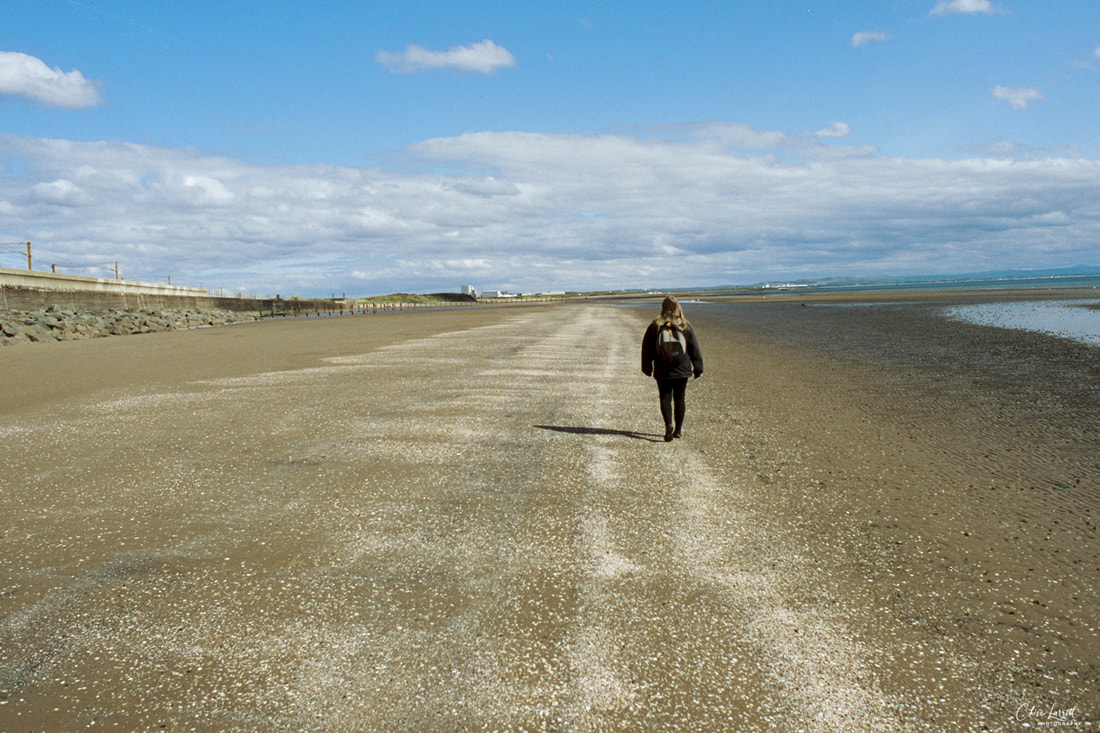
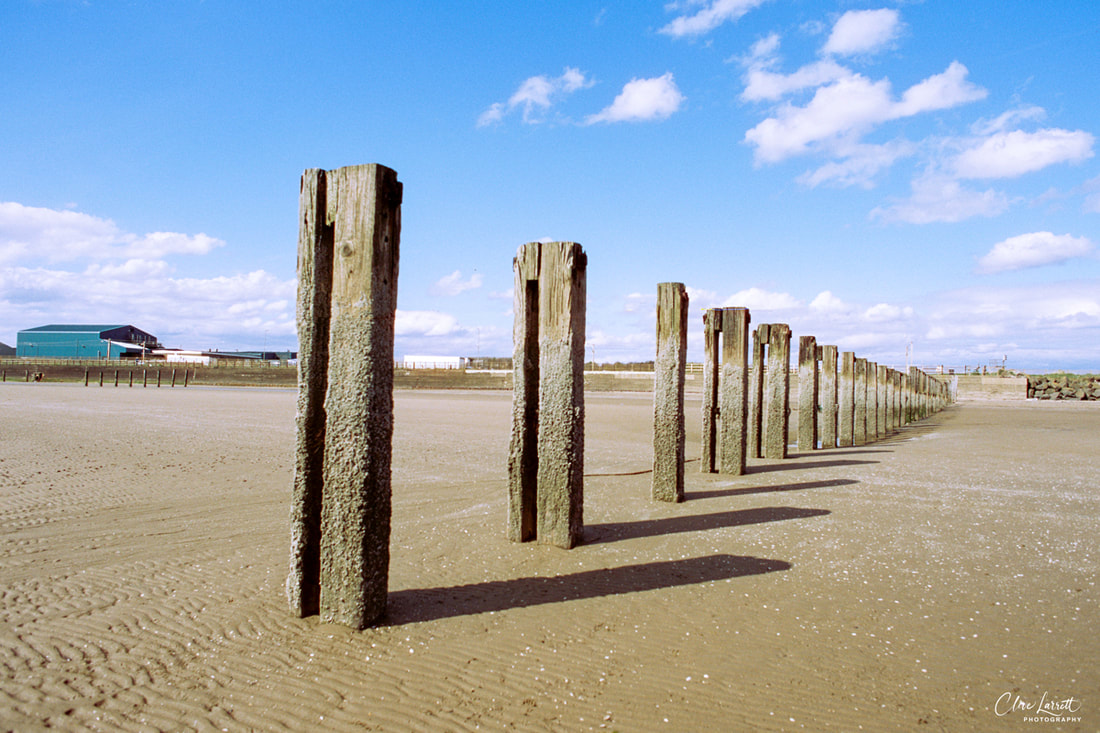
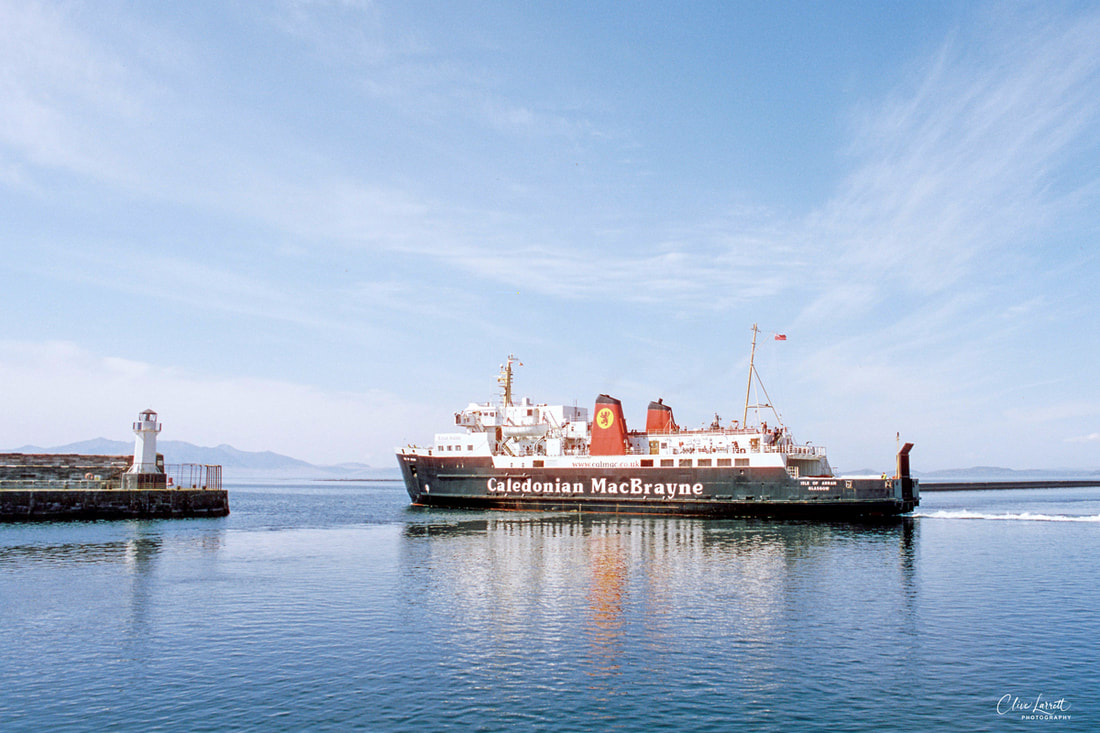
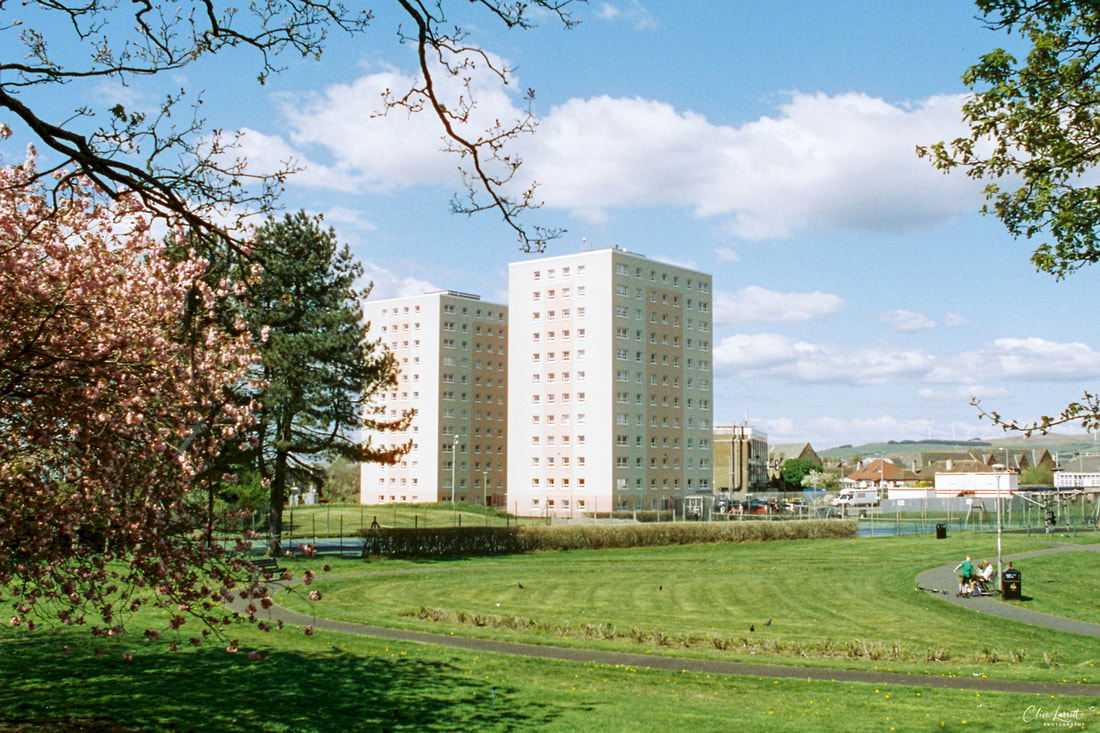
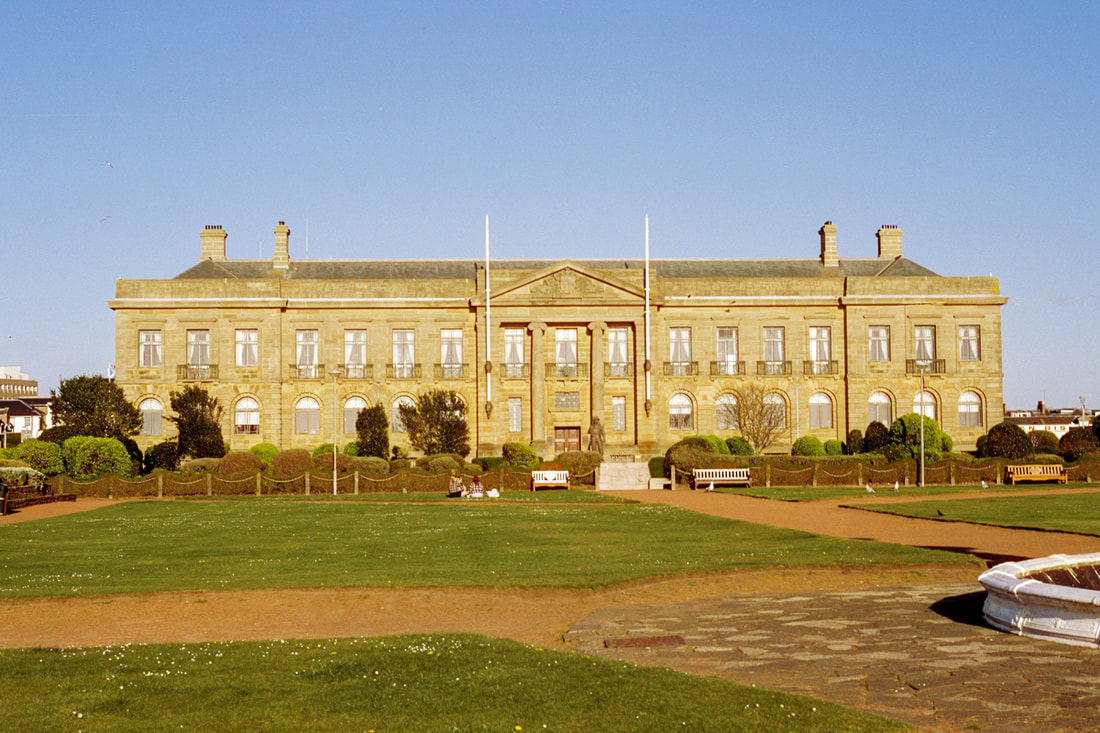
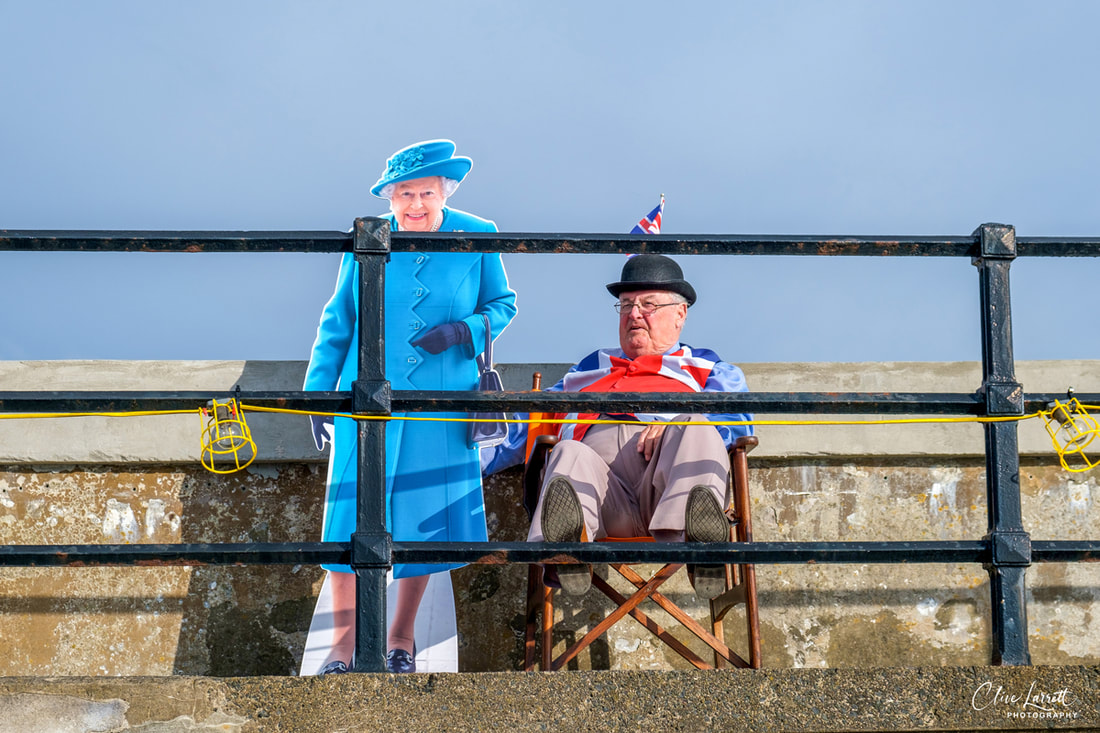
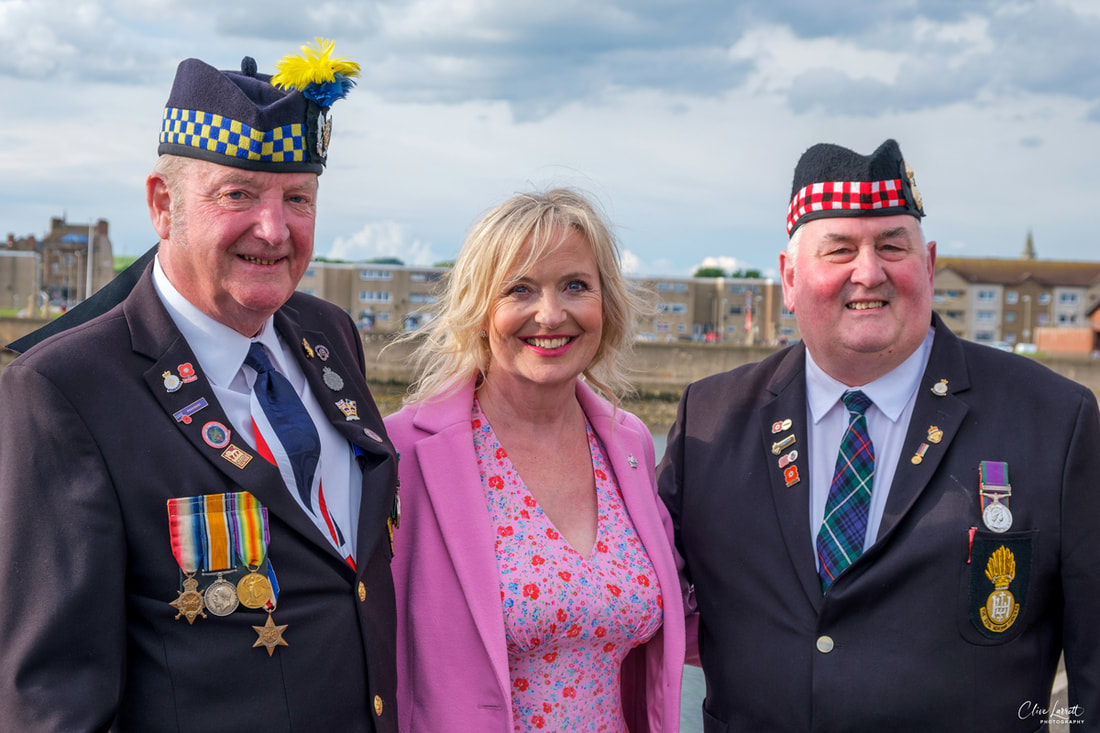
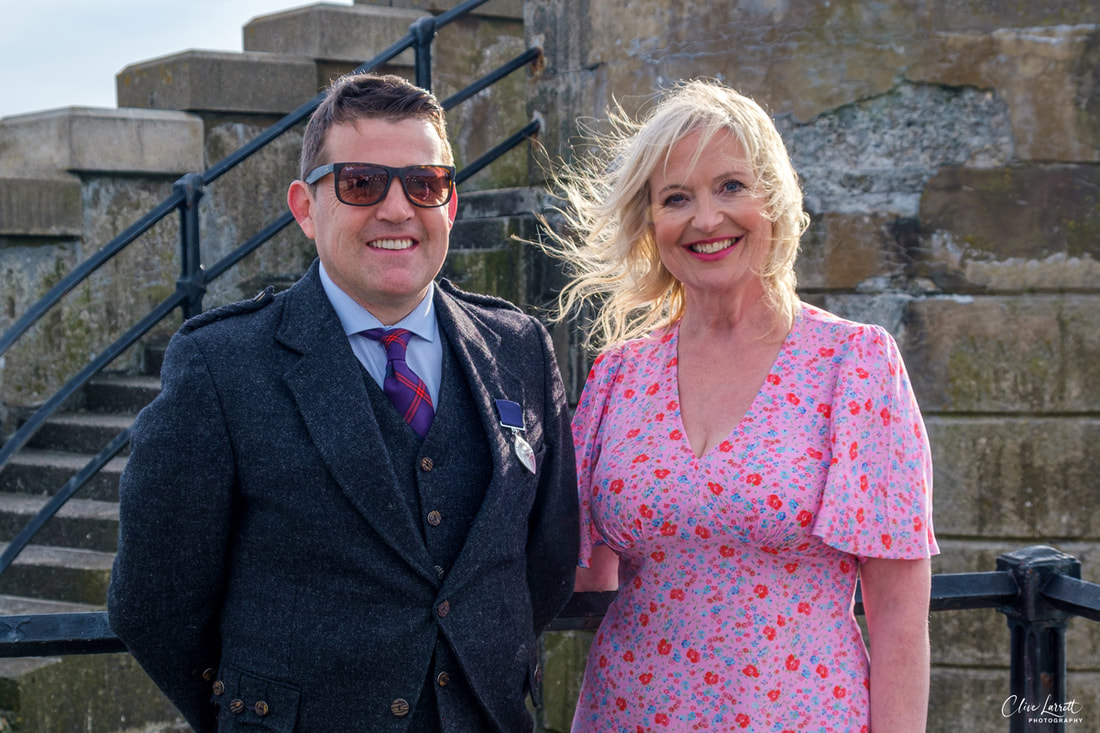
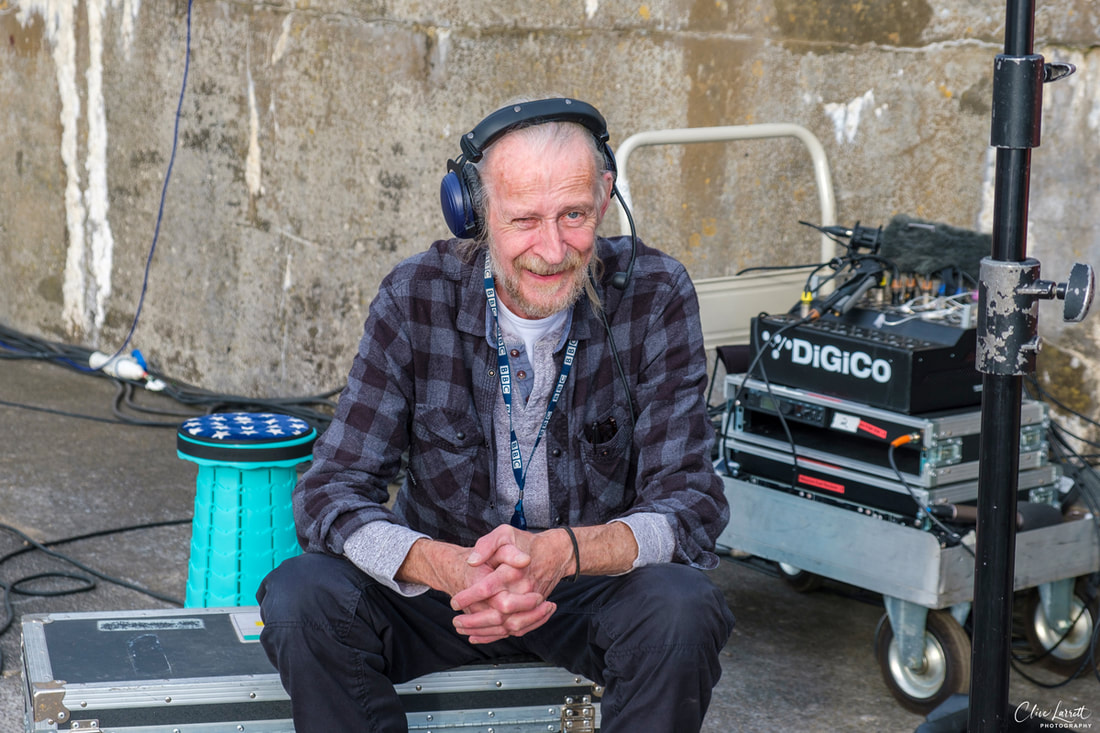
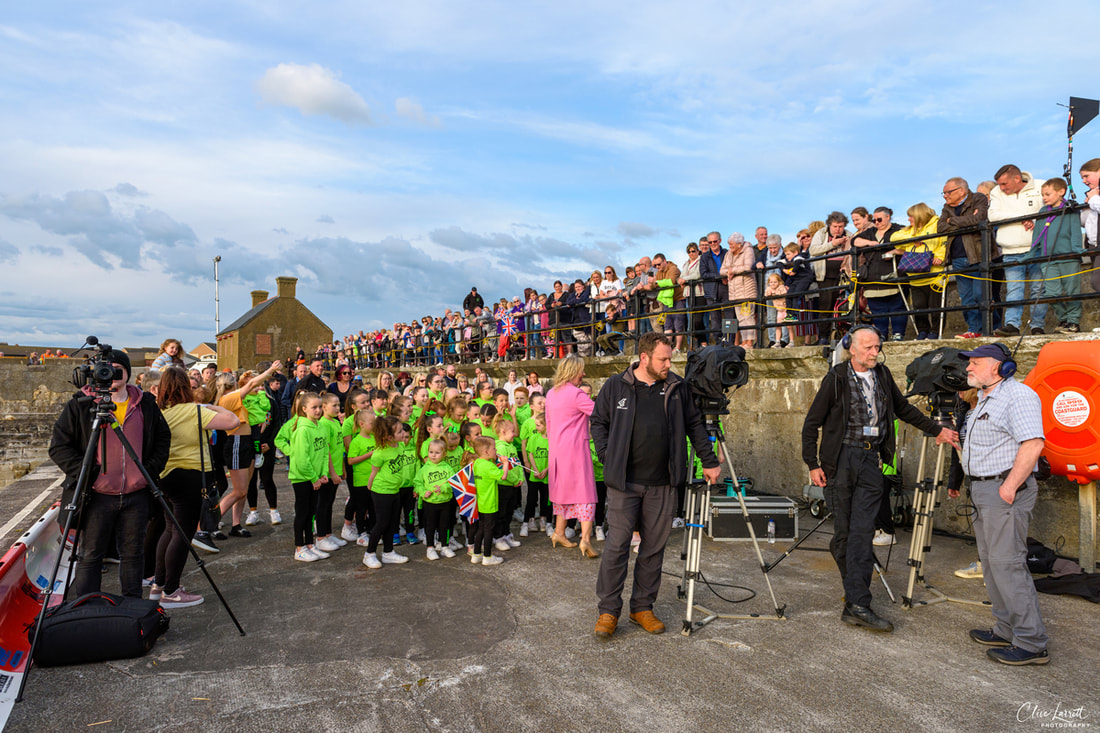
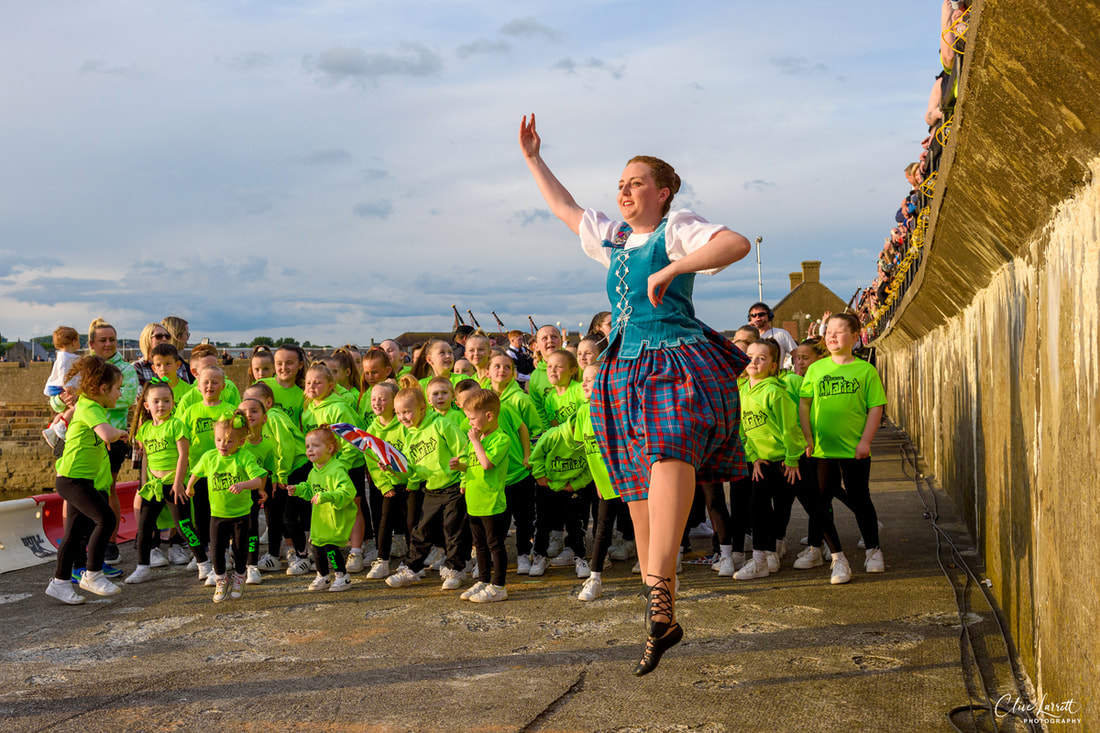
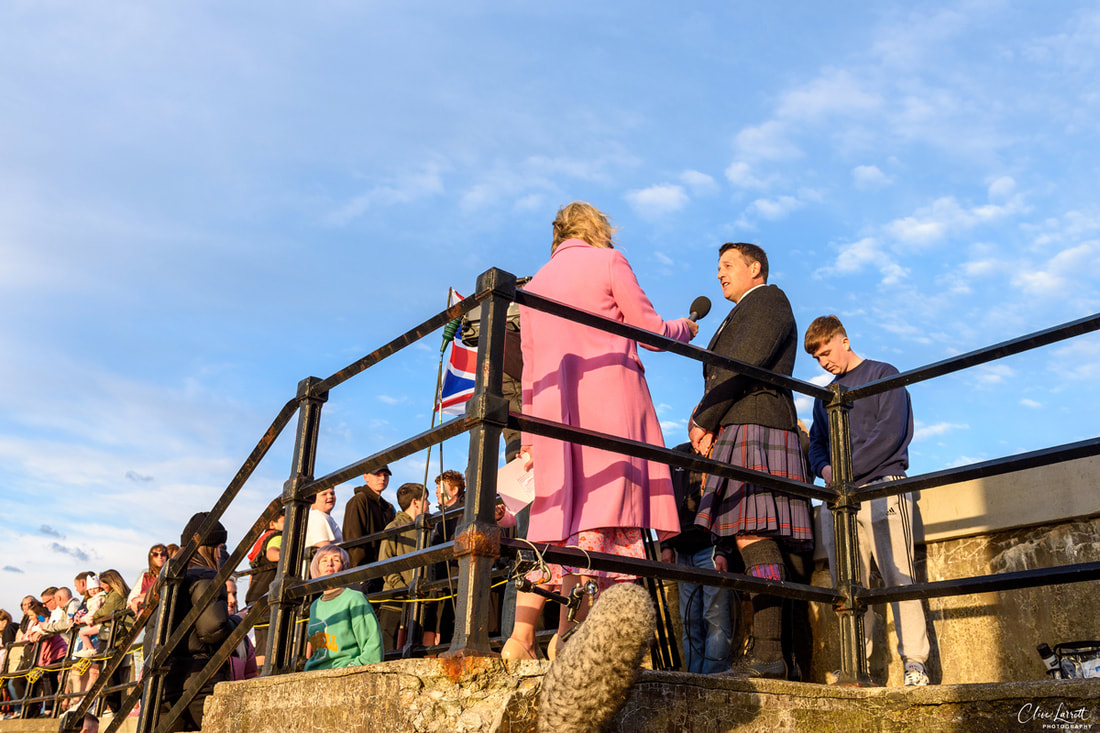
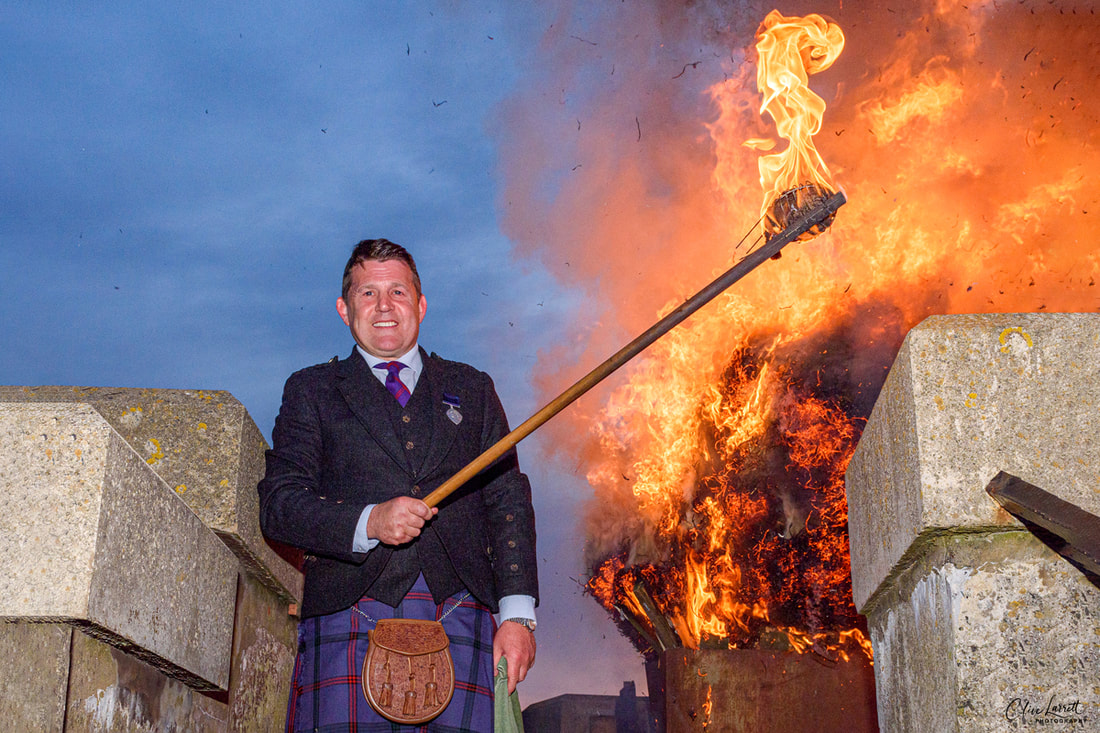
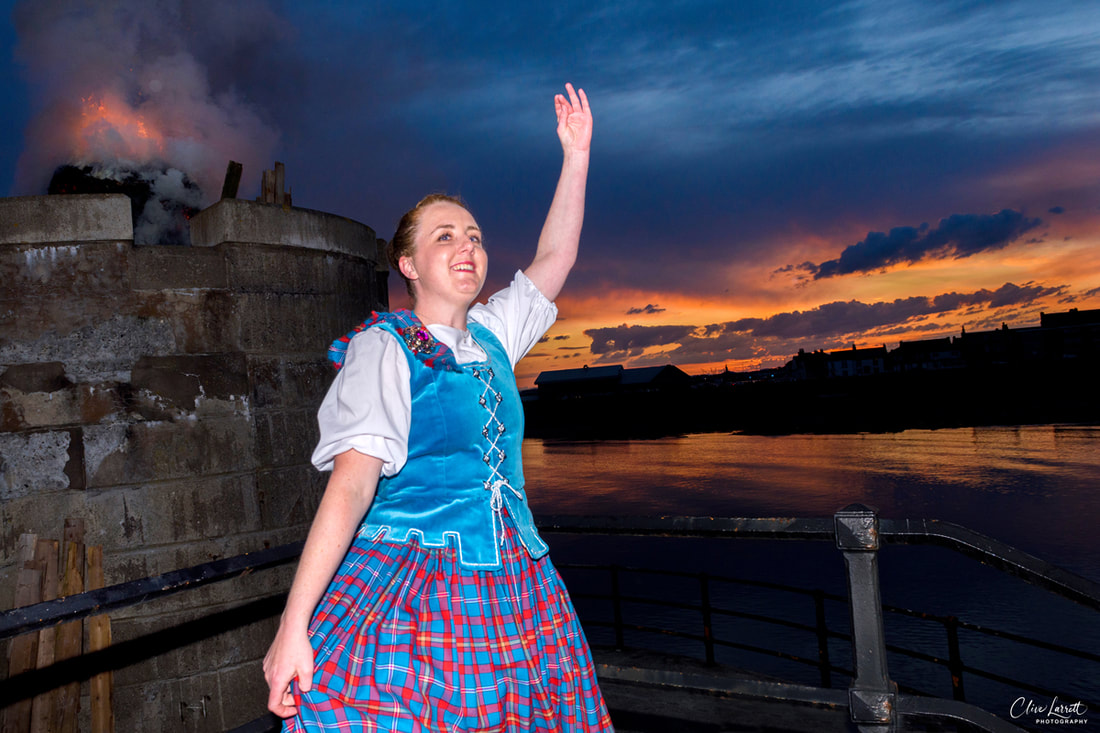
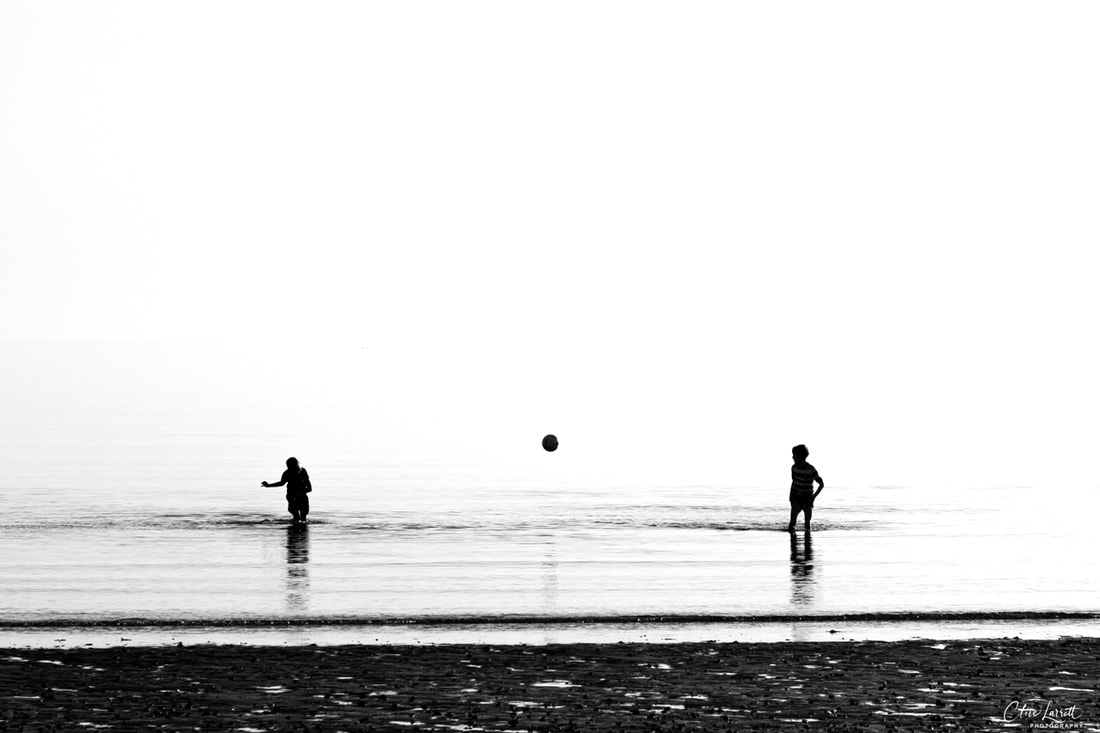
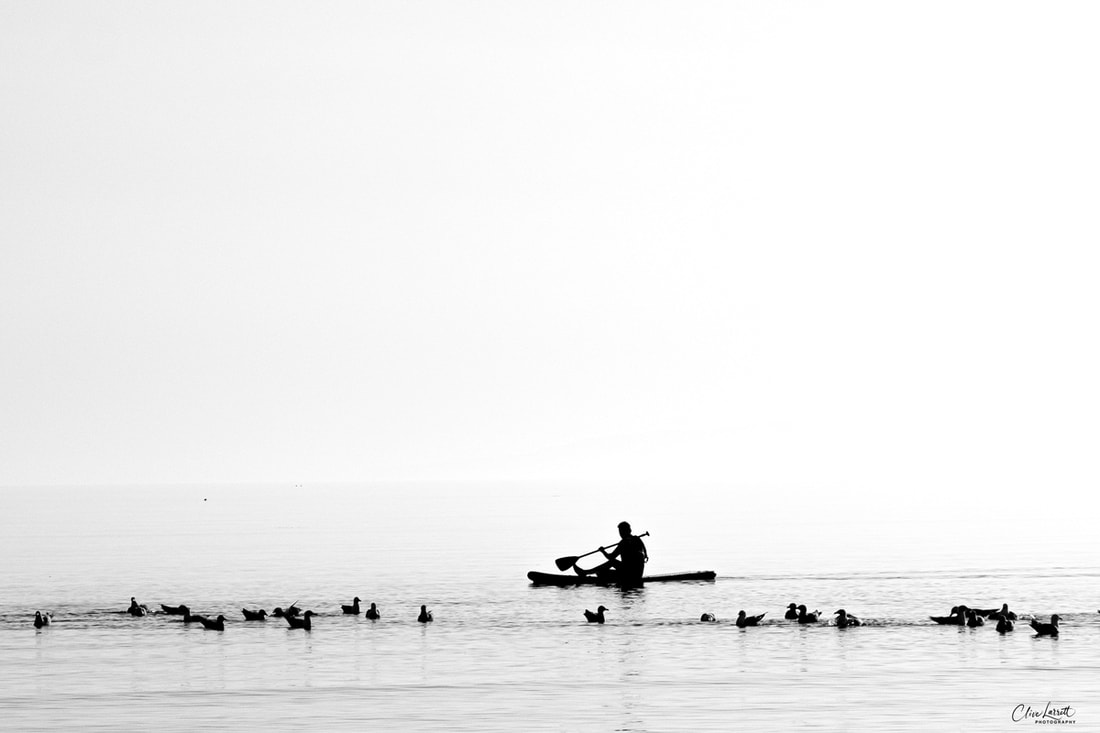
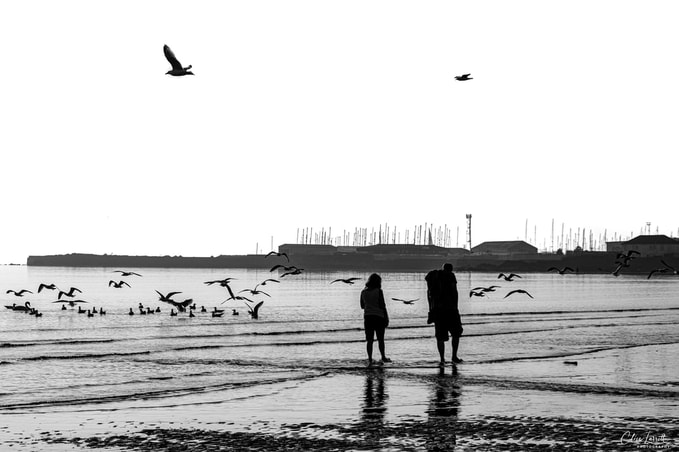
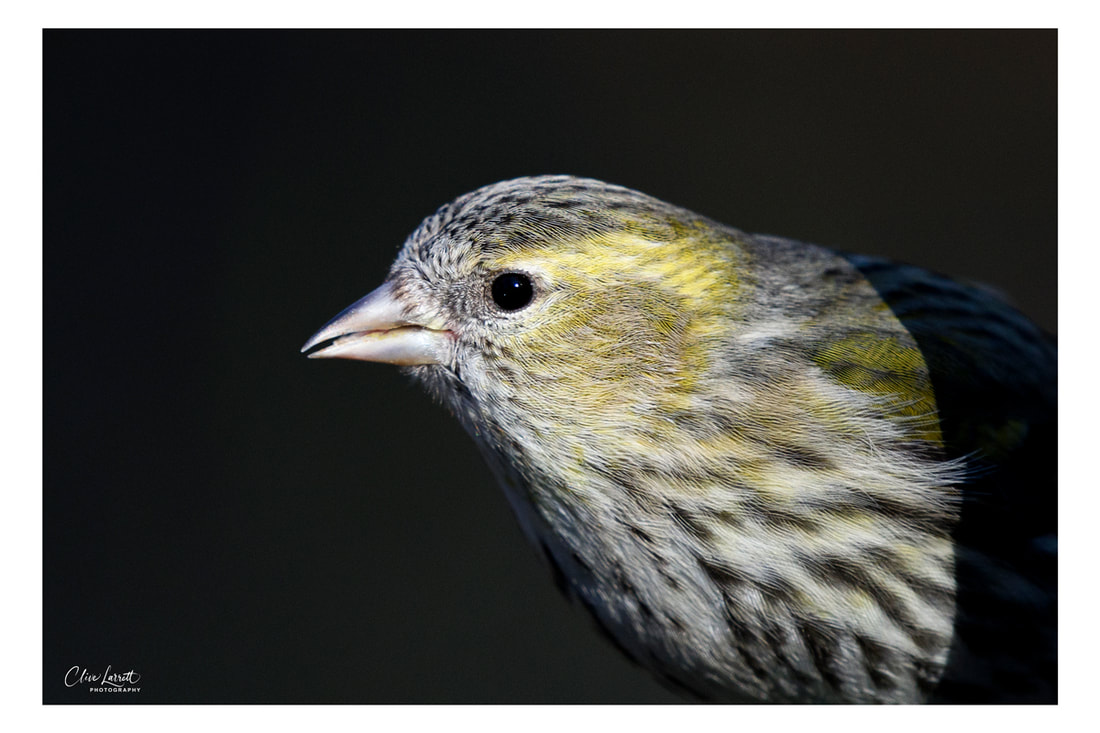
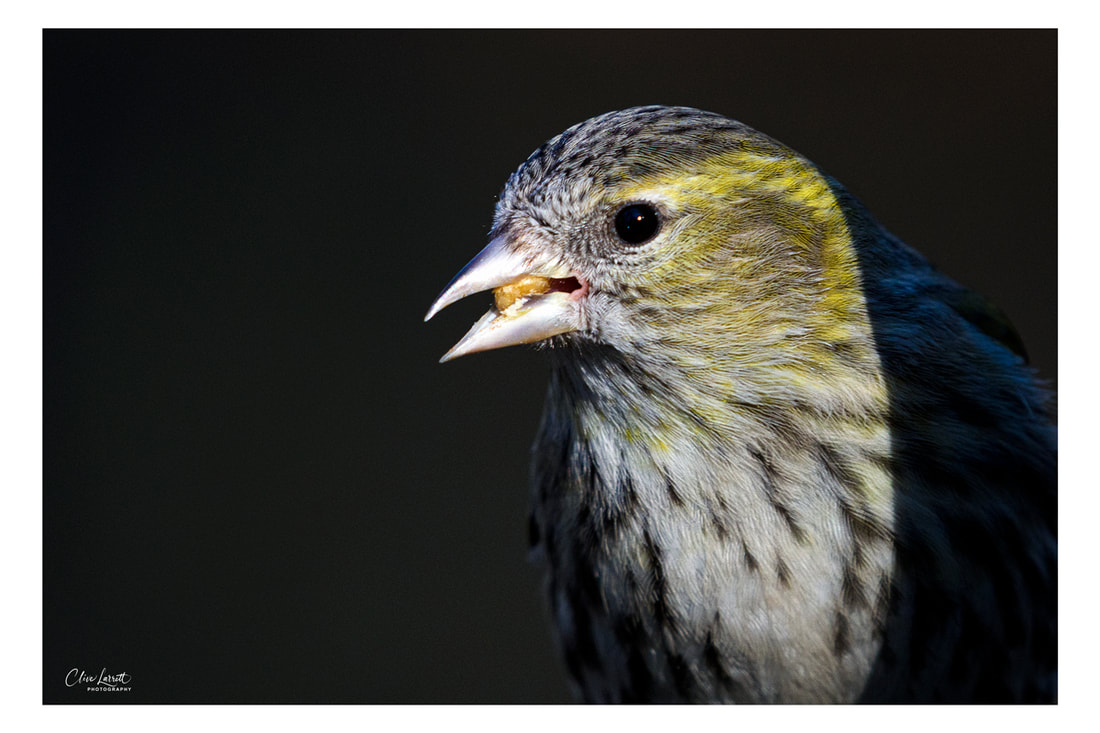
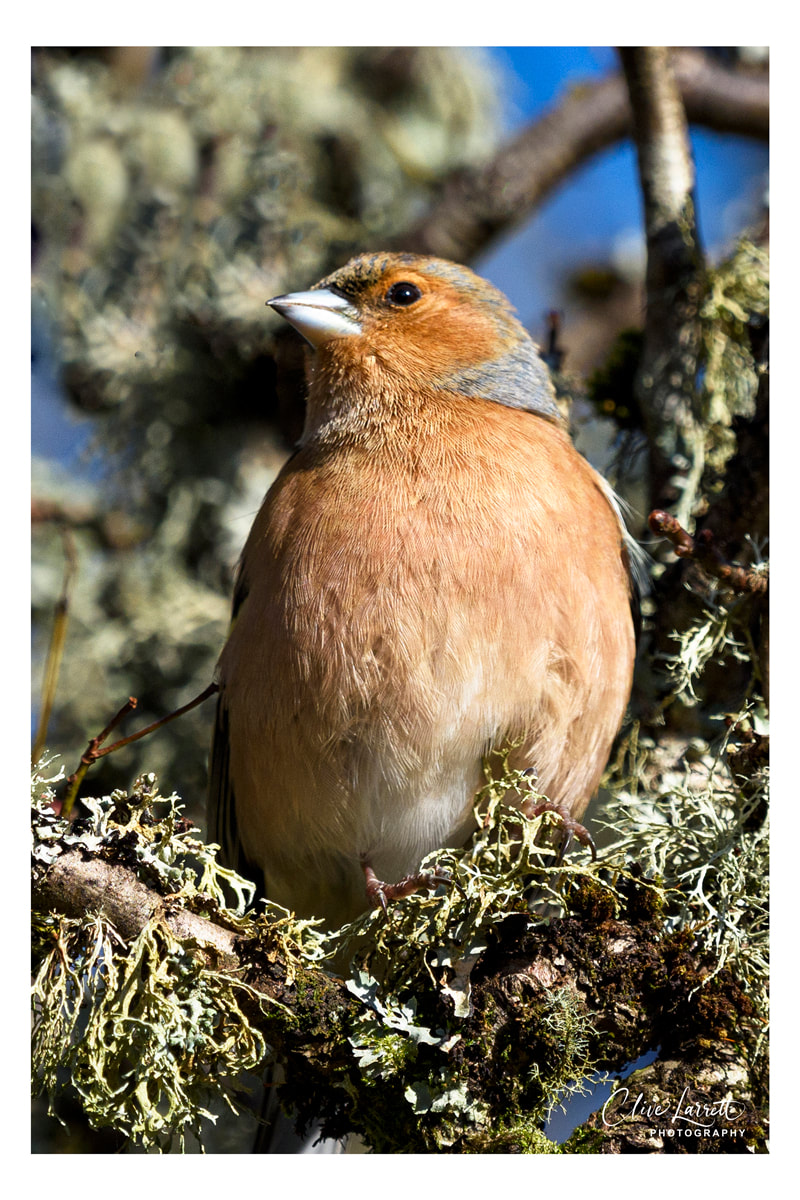
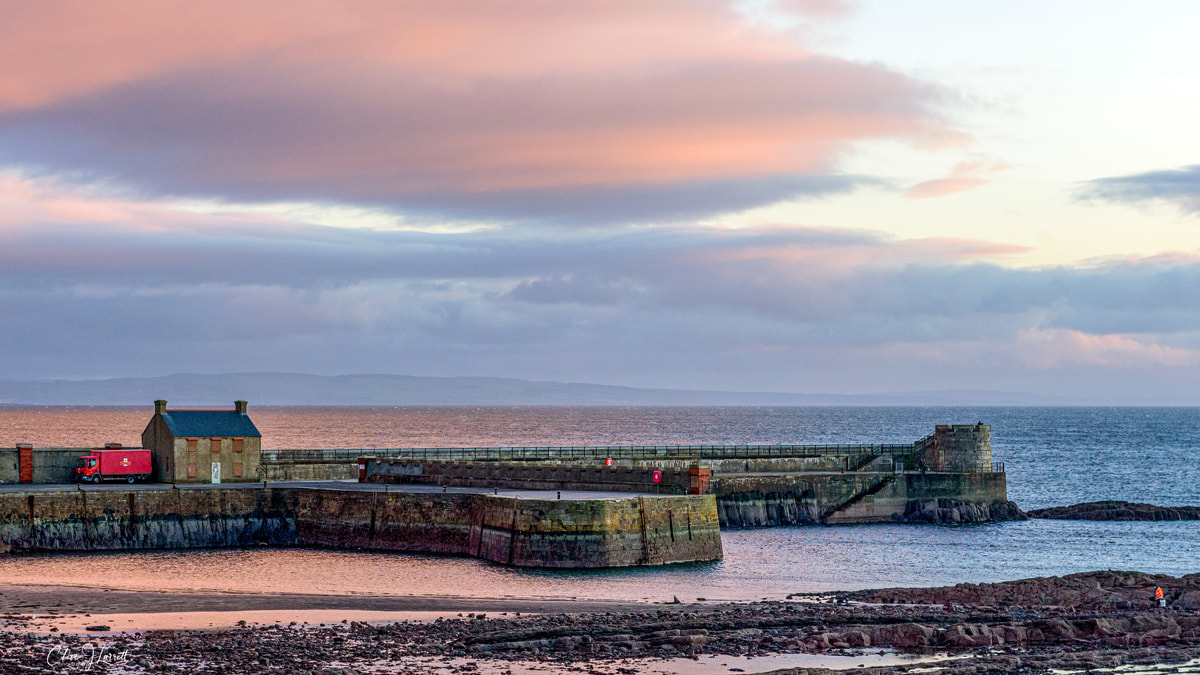
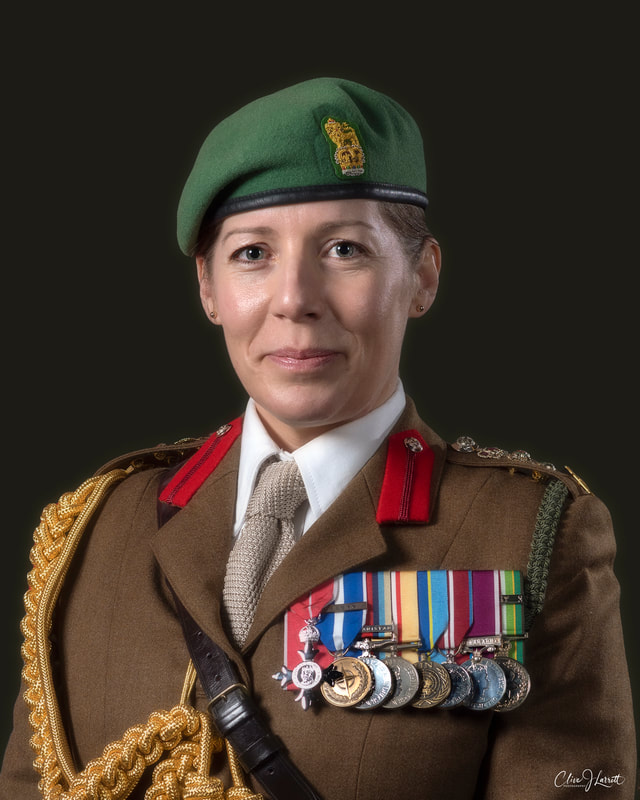
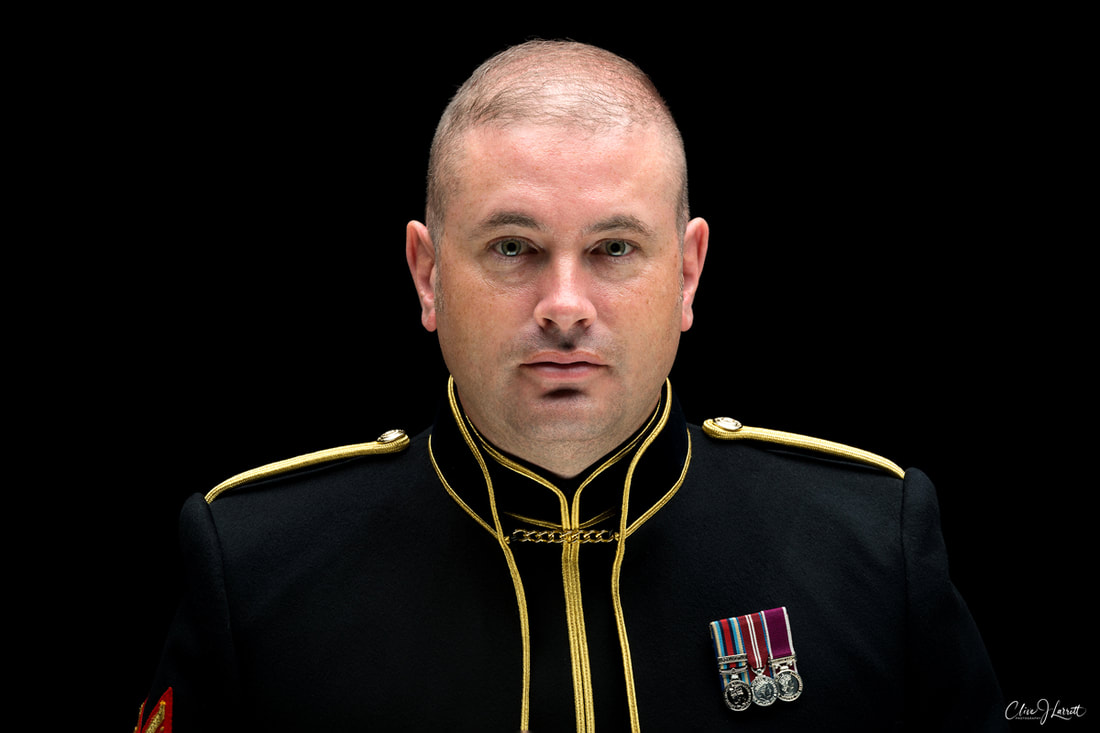
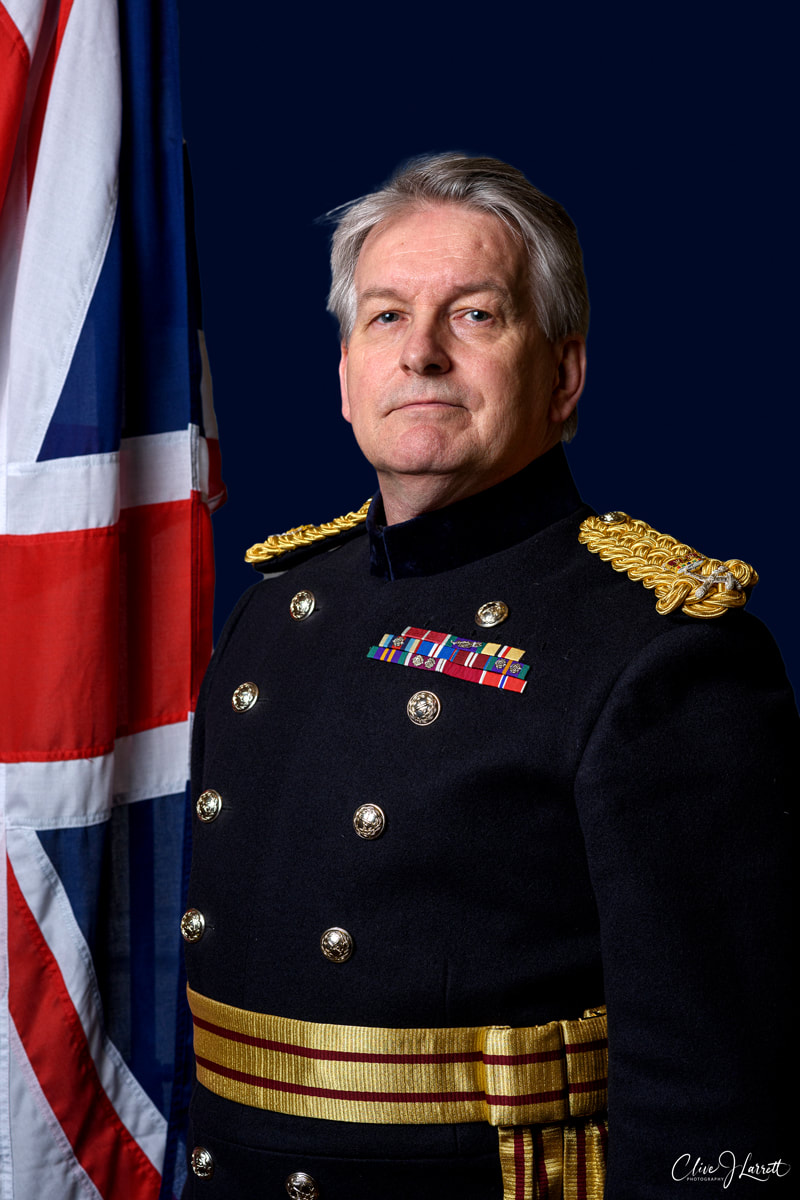
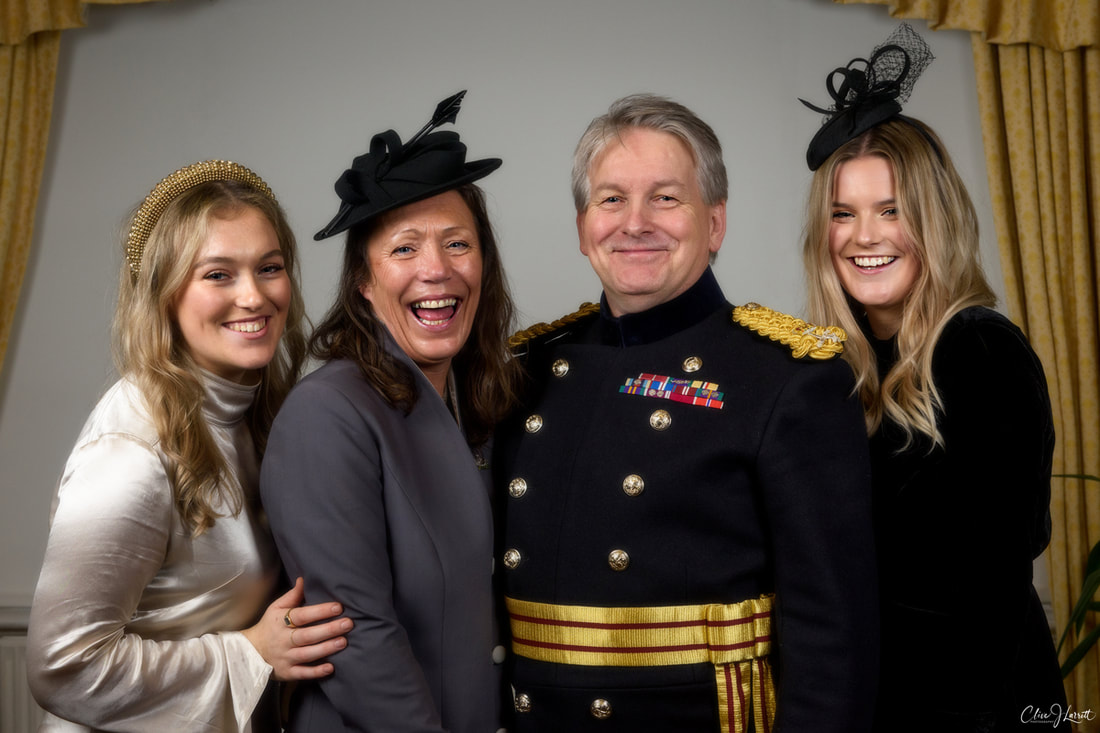
 RSS Feed
RSS Feed